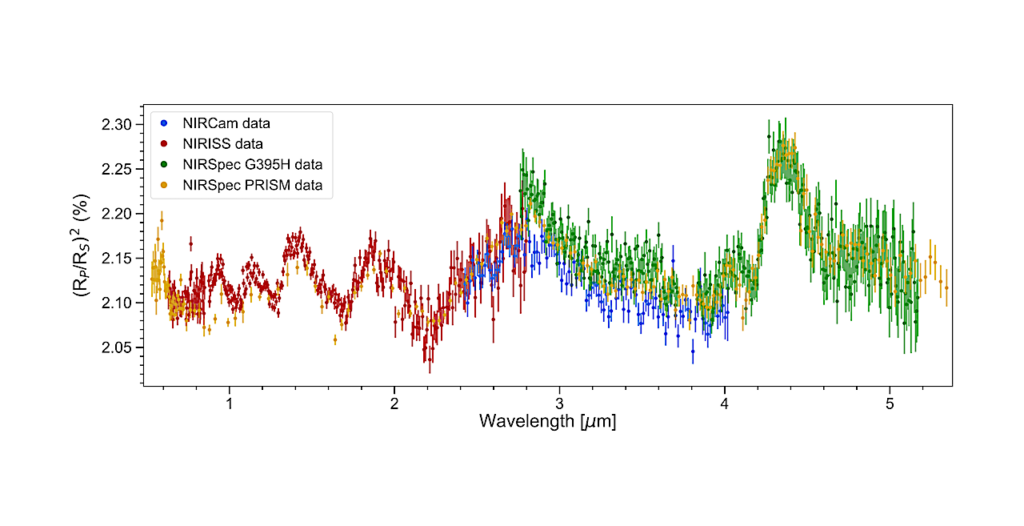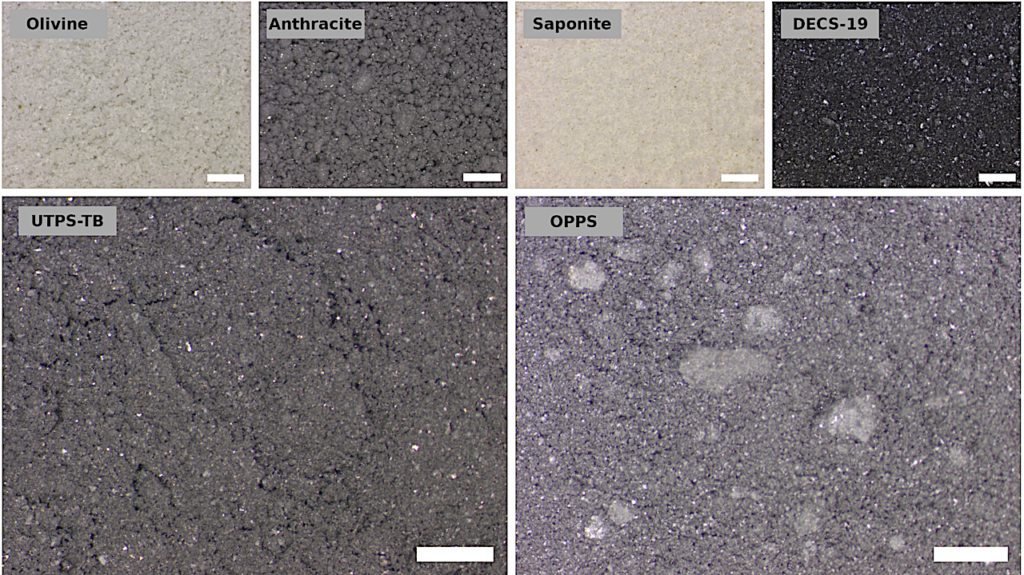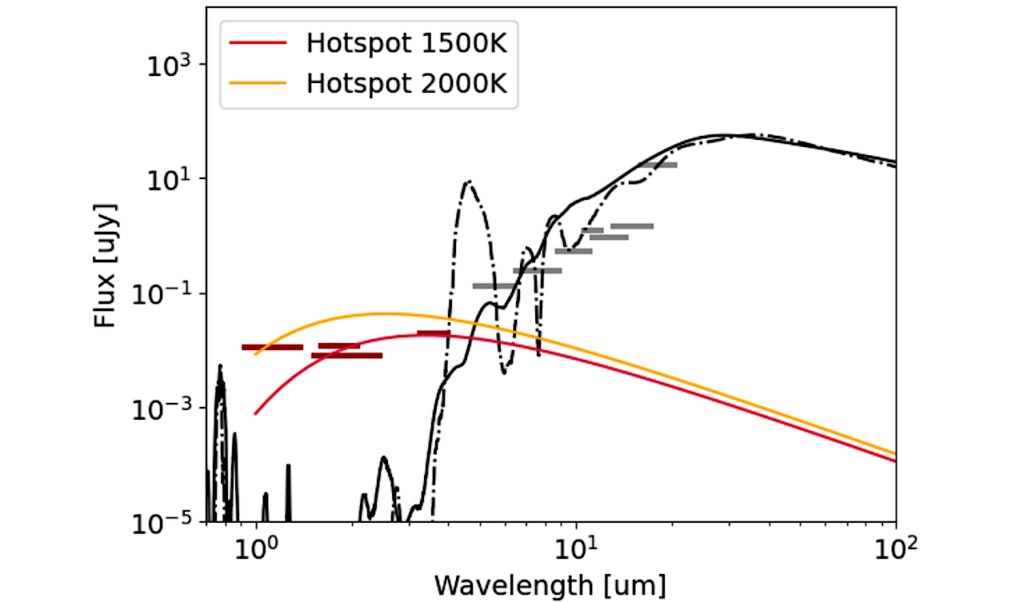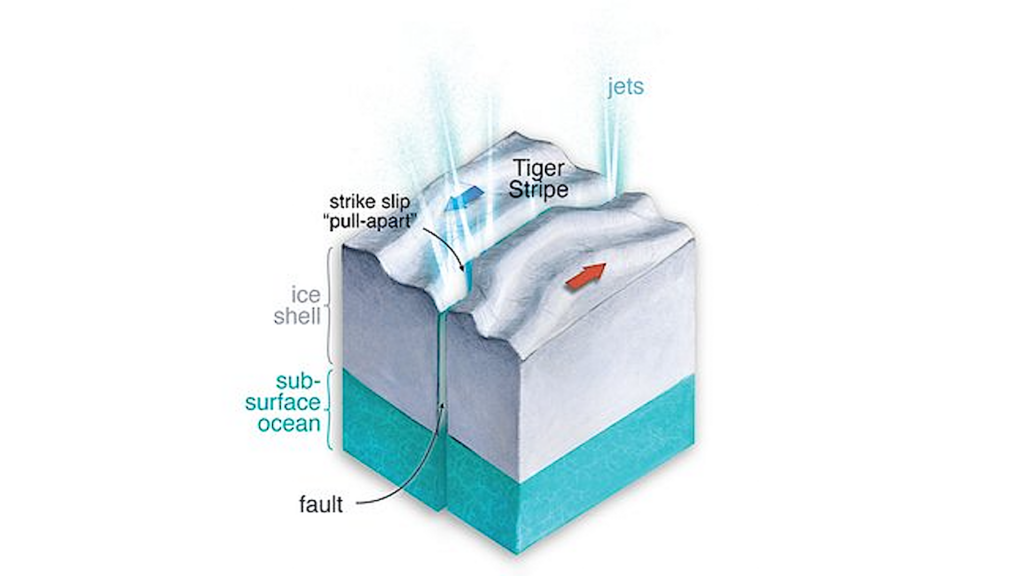Earth’s Geological Thermostat: How Temperature-dependent Silicate Weathering Helps Steer The Planet’s Climate

The process of minerals in rocks being chemically broken down, or weathered – which plays a crucial role in controlling Earth’s climate – removes less carbon dioxide (CO2) if temperatures are cooler, mineral supply is limited, and rainfall is low, according to a new study.
Not only do the findings provide crucial insights into how weathering functions at the global scale, which hasn’t been well-understood, but they may be helpful for understanding efforts to use weathering to mitigate anthropogenic climate change. For billions of years, Earth’s surface climate has varied very little, which has allowed liquid water to persist and life to flourish.
It’s thought Earth’s temperature has been stabilized in this way by the balance between volcanic degassing, which produces carbon dioxide, and the weathering of specific minerals in rocks as they are broken down, which removes CO2 in the planet’s atmosphere. However, many factors go into the rate of weathering, and in particular, the global temperature sensitivity of silicate weathering has remained difficult to quantify; although laboratory measurements might appear the gold standard to determine how silicate weathering varies exponentially with temperature, this has not been the case. Here, by comparing weathering from laboratory to globe, Susan Brantley and colleagues assessed the temperature dependence of silicate weather rates across several different spatial scales and geological contexts.
In both field observations and laboratory experiments, Brantley et al. discovered that silicate weathering does increase with temperature. However, the findings reveal that various landscape-scale conditions and dynamic physical processes can limit or increase silicate weathering rates. For example, where physical erosion is low or water flux scarce, the temperature sensitivity of weathering can be muted, even non-existent.
“Unfortunately, the natural silicate weathering process is too slow to help mop up the very large excesses of CO2 that are released each year from human activities,” writes Robert Hilton in a related Perspective. “However, deliberately increasing silicate weathering by grinding up silicate minerals and applying them at a very large scale to agricultural areas may provide a way to help reach net zero.”
How temperature-dependent silicate weathering acts as Earth’s geological thermostat, Science
Astrobiology








